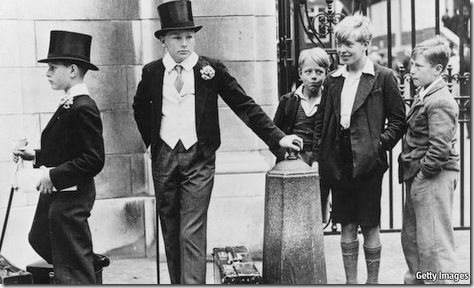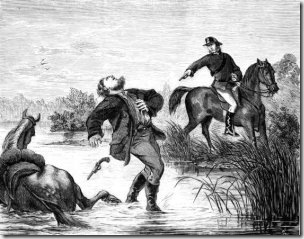Subtitled The fine arts, decorative arts and architecture of Europe, North America and Australia, 1650-1933, Helen Webberley's ART and ARCHITECTURE, mainly is a consistently good blog.
All those who become interested in history need to set their own thinking in a broader context. We also all draw ideas from others, even though the topic may seem far removed from our normal interest. To illustrate this, I thought that I would take just a few of Helen's posts over time.
Published in July 2009, Traditional Vs Modern Art: 1930s Australia provides an entry point to a significant controversy in Australian art, including links to earlier posts.
I am cautious about some later interpretations of this controversy and of those involved because I feel that they pay insufficient attention to the context of the time and sometimes end by judging the artist on things other than the art. What I do find very especially interesting about the whole imbroglio is the way it helped inspire different forms of of artistic expression.
Posted in November 2009, 19th Century Amusement Centres: healthy living, sport, fun deals with leisure activities. See also Late Victorian pleasure piers Vs inter-war lidos published a little later that month.
The idea of holidays and leisure activities depends directly on the availability of time and money. When most people worked six or even seven days a week, leisure was obviously limited, activities took place close to home. More time, more money plus better transport created a market for a wider range of activities.
Posted in January 2009, Art Deco and Cruise Ships, a marriage made in heaven is a rather wonderful post about Art Deco in cruise ships.
These few examples are intended to give you just a taste. If you take the time as I did to browse using Helen's tags, I think that you will find it enjoyable and very worth while.











